So you read our post on the top “10 Beertographers You Should be Following on Instagram” and after looking at (and following) their accounts, you are now inspired to step up your own beertography game. But where to start?
Well you are in luck. We asked some of the featured photographers from that story to share their tips to take better photos and not a single one requires an expensive camera. “You don’t need fancy equipment … some of my favorite images have come from my phone,” says Cory Smith (@BKBeerGuy), an advertising industry creative director whose beer photos often look billboard-ready. “Some of my favorite images have come from my phone.”
So grab whatever lens you have handy, and let’s get going!
Philosophy
To begin, ask yourself why you are taking pictures of beer in the first place. Many of our featured beertographers started doing it as a personal quest to document the wide variety of beers they encounter. Some focus on the beer itself, while others like to capture certain aspects of the experience, whether that be the environment or the people they are with.
Your beertography perspective may change over time, but being able to articulate your motivation with each shot will help you to focus your eye and develop a signature style that others can latch on to. Beer and food blogger Jessica Rice McNew (@BeerAndBaking) suggests “keeping a theme for your followers helps keep the contiguity.”

Subject Matter
“A beer photo does not have to be a closeup of the bottle or can and glass alone,” says Jose A. Cruz (@jomando). When your shots include some of the surroundings, he says, “It places them in time and makes it easy to recall when and where you enjoyed that beer.” By providing clues about the time and place of the image, you add an emotional factor to the image that your audience can connect to more easily than a sterile product shot.
A good way to do this is to “zoom out, way out,” offers Michael Kiser (@GoodBeerHunting). “Put your audience in the photo — don’t put the photo in their face.” Kiser continues, “Often the context or the interaction around a beer is just as interesting.”
Are you in a bar or out on a hike? Is the place crowded or a dimly lit dive? Thinking about these elements can help bring the experience to life.
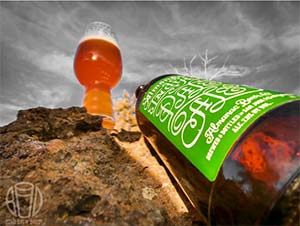
Angle
What differentiates your grandma’s vacation pics from a National Geographic photo? Most of the time, it’s that professional photographers find unique ways to look at things. Shooting a scene from an uncommon angle can add a dynamic factor to your photos. Try shooting from extremes like a bird’s-eye or worm’s-eye view.
Matthew Ward (@BendBrewDaddy) likes to “get below the beer” to make it “look bigger than life.” Like many photographers, he can usually be found “laying on the ground to get the perfect shot.”
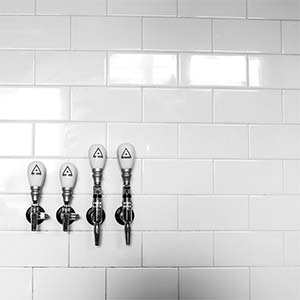
Clutter
“The less cluttered, the better,” notes McNew. Some of the most intriguing shots are often simple, even barren. We’re used to a cluttered world, so a scene of relative inaction can be a striking counterpoint. Try subtracting the messiness by leaving it outside the frame.

Depth of Field
Playing with depth of field can create some really interesting images. Putting a primary foreground element out of focus, for instance, can draw attention to background details that wouldn’t otherwise be noticed. If you’re lining up a shot that has some objects very close to you and others that are very far away, try focusing alternately on the foreground and background and see which one gives you a more unique perspective.
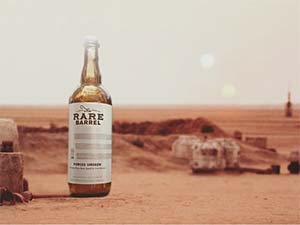
Rule of Thirds
Often our natural tendency is to put the focus of a picture directly in the center. This is kind of an in-your-face approach that produces more of a snapshot than an arthouse photo. Next time, try using the rule of thirds to provide some variety.
Mentally divide your viewfinder into a grid of three columns and three rows. Placing objects of emphasis at the intersection of these lines can create dynamic images that demand more than a quick look.
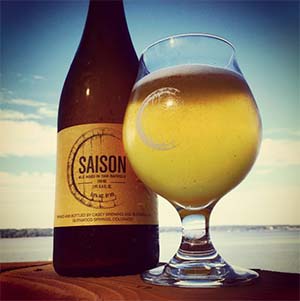
Lighting
“Natural light: always use it,” recommends Dee Stecco (@BeerLivesHere), whose hands-off approach to lighting contrasts nicely with her flat and geometrical compositions. “Please never use flash. It takes away from the colors of the label and beer itself.” This is a sentiment echoed by photographers across the globe. Flash photography washes out the background and only focuses on highlights.
Mike Donk’s (@BrewBokeh) experience as a concert photographer taught him a thing or two about the importance of adapting to whatever light you find. He says photographers should “spend less time trying to stage a shot and more time looking for ways to utilize the available light.” If it’s too dark where you are, look around for a light source that you can use.
It might sound like a lot to take in, but keeping a couple of these principles in mind next time you line up a shot will go a long way towards making your beertography pop.
CraftBeer.com is fully dedicated to small and independent U.S. breweries. We are published by the Brewers Association, the not-for-profit trade group dedicated to promoting and protecting America’s small and independent craft brewers. Stories and opinions shared on CraftBeer.com do not imply endorsement by or positions taken by the Brewers Association or its members.
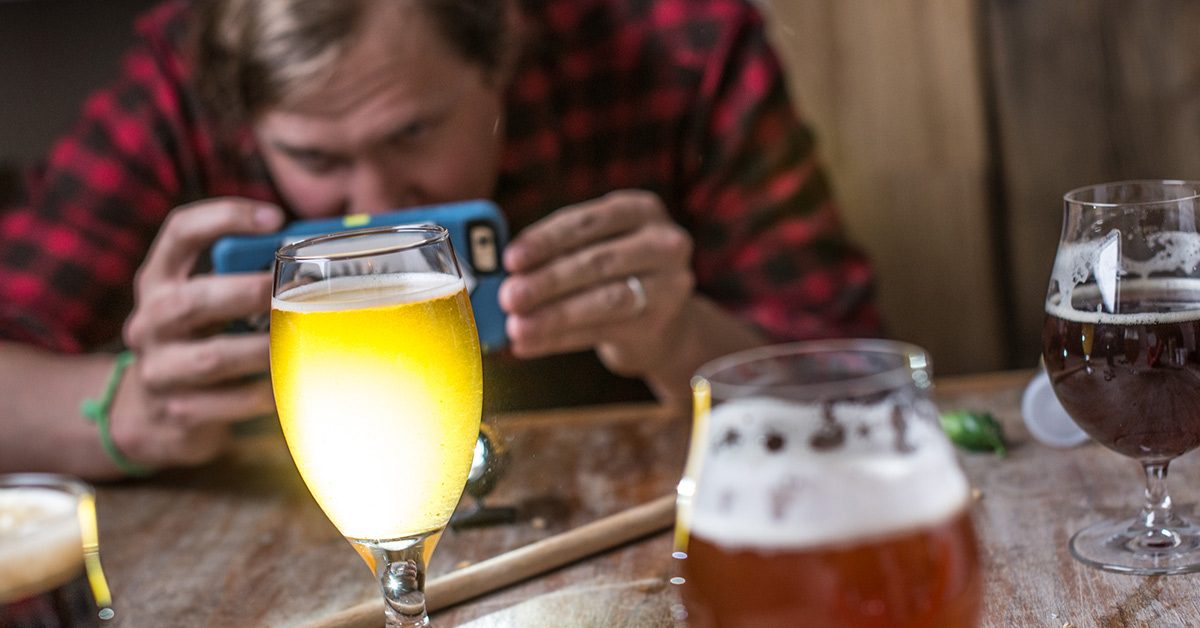

Share Post